
Keywords: transposable element

|
Effects of Wolbachia on Transposable Element Expression Vary Between Drosophila melanogaster Host GenotypesA. T. Eugénio, M. S. P. Marialva and P. Beldade, Genome Biology Evolution, 15. 2023.
Transposable elements (TEs) are repetitive DNA sequences capable of changing position in host genomes, thereby causing mutations. TE insertions typically have deleterious effects but they can also be beneficial. Increasing evidence of the contribution of TEs to adaptive evolution ... Keywords: daisy drive, gene drive synthetic, models, recombinase, remediation, reversal drive, self limiting, single strand annealing, transposable element |
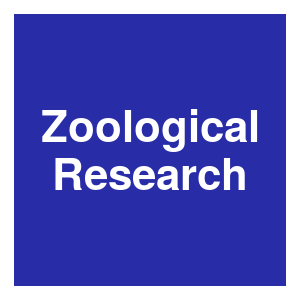
|
Complicated expansion trajectories of insertion sequences and potential association with horizontal transfer of Wolbachia DNAY. H. Miao, D. W. Huang and J. H. Xiao, Zoological Research, 44:273-275. 2023.
Insertion sequences (ISs) are the simplest structural transposable elements (TEs) in prokaryotes, consisting only of a transposase coding sequence and its bilateral short terminal inverted repeats. Due to their gradually streamlined genomic construction, TEs rarely exist in the ... Keywords: daisy drive, gene drive synthetic, models, recombinase, remediation, reversal drive, self limiting, single strand annealing, transposable element |
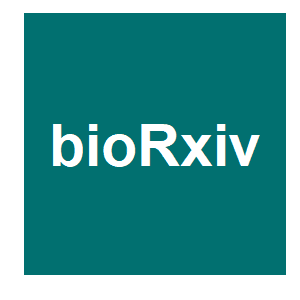
|
P-element invasions in Drosophila erecta; shed light on the establishment of host control over a transposable elementD. Selvaraju, F. Wierzbicki and R. Kofler, bioRxiv, 2022.12.22.521571. 2022.
To prevent the spread of transposable elements (TEs) hosts have developed sophisticated defence mechanisms. In mammals and invertebrates this defence mechanism operates through piRNAs. It is unclear how piRNA-based defences are established against invading TEs. According to the ... Keywords: daisy drive, gene drive synthetic, models, recombinase, remediation, reversal drive, self limiting, single strand annealing, transposable element |
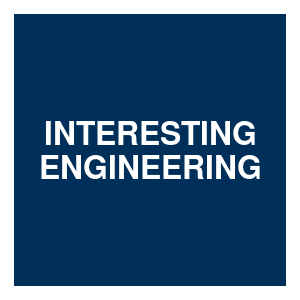
|
Self-Deleting Genes Project To Tackle Mosquito-Borne DiseasesD. Ozdemir, INTERESTING ENGINEERING, 2021.
Did you know that mosquitoes kill at least 725,000 persons every year? They truly are one of the world's deadliest animals which is the reason why scientists from all around are trying to find new ways of dealing with them. Controlling mosquito populations and preventing them ... Keywords: daisy drive, gene drive synthetic, models, recombinase, remediation, reversal drive, self limiting, single strand annealing, transposable element |

|
Edit, undo: Temporary gene editing could help solve the mosquito problemL. Dormehl, digitaltrends, 2020.
But if SyFy original movies have taught us anything, it’s that genetically tweaking organisms and then releasing them can… well, not go quite according to plan.With that in mind, a new Texas A&M AgriLife Research project seeks to test out genetic modifications of mosquitos ... Keywords: daisy drive, gene drive synthetic, models, recombinase, remediation, reversal drive, self limiting, single strand annealing, transposable element |

|
Self-deleting genes promise risk-free genetic engineering of mosquitoesD. Quick, New Atlas, 2020.
A new project by Texas A&M AgriLife Research is looking to enable "test runs" of genetic changes to mosquitoes that are automatically deleted. Various angles of attack using genetic engineering to combat mosquitoes have been pursued in recent years, including modifying them so ... Keywords: daisy drive, gene drive synthetic, models, recombinase, remediation, reversal drive, self limiting, single strand annealing, transposable element |

|
Self-deleting genes to be tested as part of mosquito population control conceptB. Hays, UPI, 2020.
Scientists at Texas A&M have developed a new technique for altering the genes of mosquitoes -- the new technology will cause genetic changes to self-delete from the mosquitoes' genome. Thanks to the breakthrough, described Monday in the Philosophical Transactions of the Royal ... Keywords: daisy drive, gene drive synthetic, models, recombinase, remediation, reversal drive, self limiting, single strand annealing, transposable element |
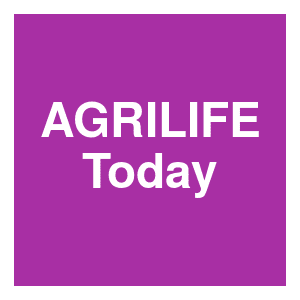
|
$3.9M project on self-deleting genes takes aim at mosquito-borne diseasesO. Kuchment, AGRILIFE Today, 2020.
To control mosquito populations and prevent them from transmitting diseases such as malaria, many researchers are pursuing strategies in mosquito genetic engineering. A new Texas A&M AgriLife Research project aims to enable temporary “test runs” of proposed genetic changes in ... Keywords: daisy drive, gene drive synthetic, models, recombinase, remediation, reversal drive, self limiting, single strand annealing, transposable element |

|
Self-deleting genes tested as part of the concept of mosquito population controlcharlottelarson, NEWYORK NEWS TIMES, 2020.
Most genetic engineering strategies designed to control mosquito populations, and their ability to spread diseases such as malaria, require gene editing to be combined with gene drives. Gene drives allow altered DNA to spread rapidly throughout the population. Keywords: daisy drive, gene drive synthetic, models, recombinase, remediation, reversal drive, self limiting, single strand annealing, transposable element |

|
Making gene drive biodegradableJ. Zapletal, N. Najmitabrizi, M. Erraguntla, M. A. Lawley, K. M. Myles and Z. N. Adelman, Philosophical Transactions of the Royal Society B: Biological Sciences, 376:20190804. 2020.
Here, we consider the inclusion of self-elimination mechanisms into the design of homing-based gene drive transgenes. This approach not only caused the excision of the gene drive transgene, but also generates a transgene-free allele resistant to further action by the gene drive. ... Keywords: daisy drive, gene drive synthetic, models, recombinase, remediation, reversal drive, self limiting, single strand annealing, transposable element |

|
Mosquito genomes are frequently invaded by transposable elements through horizontal transferE. S. de Melo and G. L. Wallau, PLOS Genetics, 16:e1008946. 2020.
We characterized the whole TE content of 24 mosquito genomes and investigated the TE inheritance mode uncovering hundreds of horizontal transfer events among these species and distantly related ones. We also identify a mosquito parasitic filarial worm, th Keywords: daisy drive, gene drive synthetic, models, recombinase, remediation, reversal drive, self limiting, single strand annealing, transposable element |

|
Resistance to natural and synthetic gene drive systemsT. A. R. Price, N. Windbichler, R. L. Unckless, A. Sutter, J.-N. Runge, P. A. Ross, A. Pomiankowski, N. L. Nuckolls, C. Montchamp-Moreau, N. Mideo, O. Y. Martin, A. Manser, M. Legros, A. M. Larracuente, L. Holman, J. Godwin, N. Gemmell, C. Courret, A. Buc, Journal of Evolutionary Biology, 2020.
This review summarizes our current knowledge of drive resistance in both natural and synthetic gene drives. We explore how insights from naturally occurring and synthetic drive systems can be integrated to improve the design of gene drives, better predict the outcome of releases ... Keywords: daisy drive, gene drive synthetic, models, recombinase, remediation, reversal drive, self limiting, single strand annealing, transposable element |

|
The Enterprise: A massive transposon carrying Spokt meiotic drive genesA. A. Vogan, S. L. Ament-Velásquez, E. Bastiaans, O. Wallerman, S. J. Saupe, A. Suh and H. Johannesson, bioRxiv, 2020.03.25.007153. 2020.
Previously, we described a large genomic feature called the Spok block which is notable due to the presence of meiotic drive genes of the Spok gene family. The Spok block ranges from 110 kb to 247 kb and can be present in at least four different genomic locations within P. ... Keywords: daisy drive, gene drive synthetic, models, recombinase, remediation, reversal drive, self limiting, single strand annealing, transposable element |
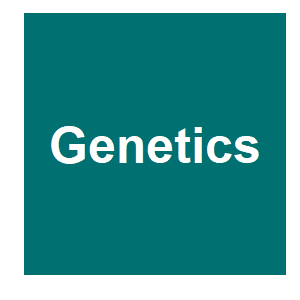
|
Identification of fk-1;, a Meiotic Driver Undergoing RNA Editing in NeurosporaN. A. Rhoades, A. M. Harvey, D. A. Samarajeewa, J. Svedberg, A. Yusifov, A. Abusharekh, P. Manitchotpisit, D. W. Brown, K. J. Sharp, D. G. Rehard, J. Peters, X. Ostolaza-Maldonado, J. Stephenson, P. K. T. Shiu, H. Johannesson and T. M. Hammond, Genetics, 212:93. 2019.
These findings indicate that unedited and edited rfk-1 transcripts exist and that these transcripts could have different roles with respect to the mechanism of meiotic drive by spore killing. Regardless of RNA editing, spore killing only succeeds if rfk-1 transcripts avoid ... Keywords: daisy drive, gene drive synthetic, models, recombinase, remediation, reversal drive, self limiting, single strand annealing, transposable element |

|
The Impact of Dissociation on Transposon-Mediated Disease Control StrategiesJ. M. Marshall, Genetics, 178:1673-1682. 2008.
Vector-borne diseases such as malaria and dengue fever continue to be a major health concern through much of the world. The emergence of chloroquine-resistant strains of malaria and insecticide-resistant mosquitoes emphasize the need for novel methods of disease control. ... Keywords: daisy drive, gene drive synthetic, models, recombinase, remediation, reversal drive, self limiting, single strand annealing, transposable element |
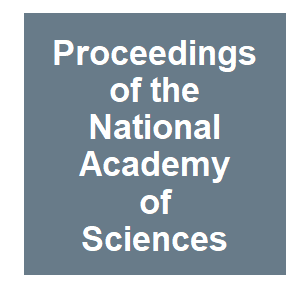
|
Mariner transposition and transformation of the yellow fever mosquito, Aedes aegyptiC. J. Coates, N. Jasinskiene, L. Miyashiro and A. A. James, Proceedings of the National Academy of Sciences of the United States of America, 95:3748-3751. 1998.
The mariner transposable element is capable of interplasmid transposition in the embryonic soma of the yellow fever mosquito, Aedes aegypti. To determine if this demonstrated mobility could be utilized to genetically transform the mosquito, a modified mariner element marked with ... Keywords: daisy drive, gene drive synthetic, models, recombinase, remediation, reversal drive, self limiting, single strand annealing, transposable element |
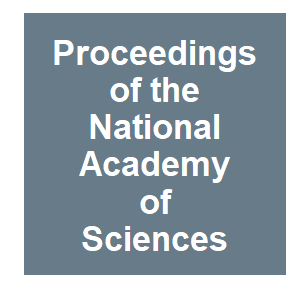
|
Stable transformation of the yellow fever mosquito, Aedes aegypti, with the Hermes element from the houseflyN. Jasinskiene, C. J. Coates, M. Q. Benedict, A. J. Cornel, C. S. Rafferty, A. A. James and F. H. Collins, Proceedings of the National Academy of Sciences of the United States of America, 95:3743-3747. 1998.
The mosquito Aedes aegypti is the world's most important vector of yellow fever and dengue viruses, Work is currently in progress to control the transmission of these viruses by genetically altering the capacity of wild Ae, aegypti populations to support virus replication. The ... Keywords: daisy drive, gene drive synthetic, models, recombinase, remediation, reversal drive, self limiting, single strand annealing, transposable element |
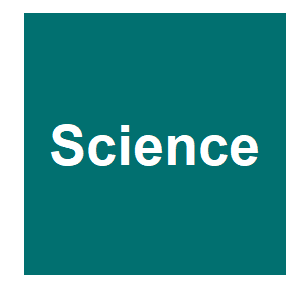
|
Gene transfer into the Medfly, Ceratitis capitata, using a Drosophila hydei transposable element.T. G. Loukeris, I. Livadaras, B. Arca, S. Zabalou and C. Savakis, Science, 270:2002-2005. 1995.
Exogenous functional DNA was introduced into the germline chromosomes of the Mediterranean fruit fly (medfly) Ceratitis capitata with a germline transformation system based on the transposable element Minos from Drosophila hydei. Transformants were identified as phenotypic ... Keywords: daisy drive, gene drive synthetic, models, recombinase, remediation, reversal drive, self limiting, single strand annealing, transposable element |
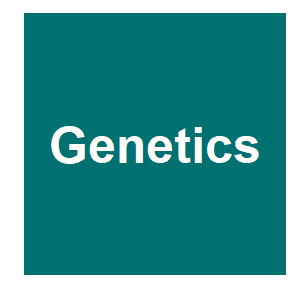
|
Rapid spread of transposable P elements in experimental populations of Drosophila melanogaster.A. G. Good, G. A. Meister, H. W. Brock, T. A. Grigliatti and D. A. Hickey, Genetics, 1223:387-396. 1989.
The invasion of P elements in natural populations of Drosophila melanogaster was modeled by establishing laboratory populations with 1 %, 5% and 10% P genomes and monitoring the populations for 20 generations. In one experiment, the ability of flies to either induce or suppress ... Keywords: daisy drive, gene drive synthetic, models, recombinase, remediation, reversal drive, self limiting, single strand annealing, transposable element |

|
Mutable loci in maize.B. McClintock, Carnegie Inst. Washington Year Book, 47:155-169. 1948.
Previous reports have state that the number of unstable loci have recently arisen in maize culture. In a particular cell of a plant, a normal "wild-type" locus becomes altered; the normal, dominant expression of this locus changes and gives rise to a recessive expression (or, in ... Keywords: daisy drive, gene drive synthetic, models, recombinase, remediation, reversal drive, self limiting, single strand annealing, transposable element |

Contact
David O’Brochta
Foundation for the
National Institutes of Health
geneconvenevi@fnih.org
RSS

